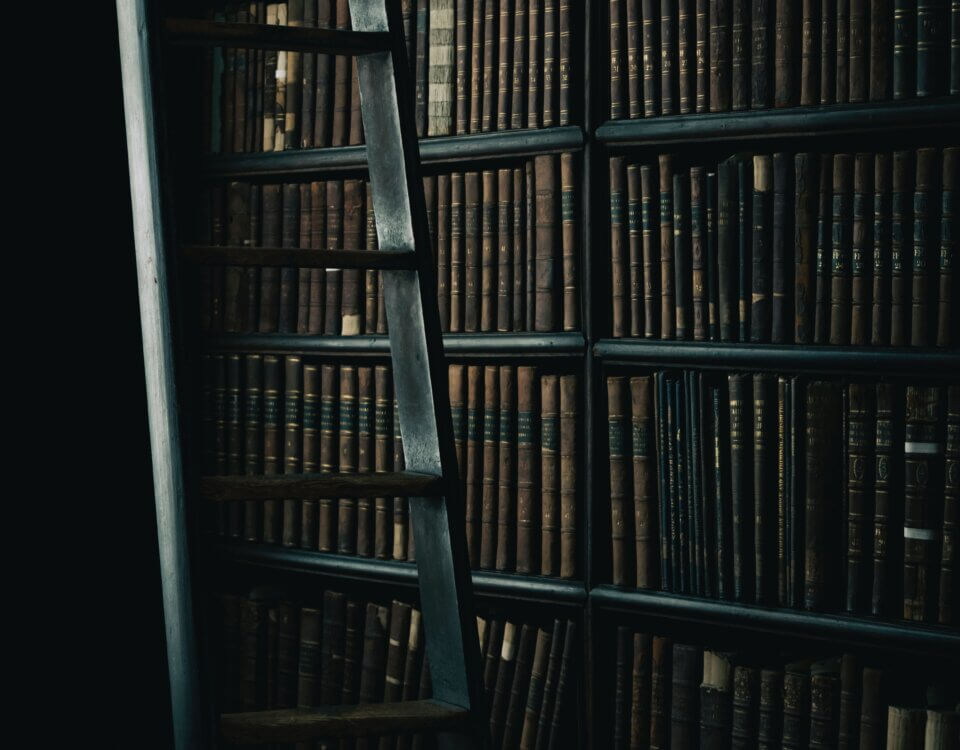
Introduction to Business Analysis Body of Knowledge
1 September 2020
Business Analysis Framework
14 September 2020Business Analysis Core Concept Model™ from IIBA®
In the previous post, we introduced the BABOK® Guide and the organization behind it: the International Institute of Business Analysis®. This post is dedicated to the basic concepts of the business analysis profession. These concepts work as a compass helping business analysts speak the same language as their stakeholders.
The BABOK® Guide defines business analysis as “the practice of enabling change in an enterprise by defining needs and recommending solutions that deliver value to stakeholders[1]”. It defines the business analysis work through six interrelated concepts:
-Need
-Stakeholder
-Value
-Solution
-Context
-Change
This model is called the Business Analysis Core Concept Model™ (BACCM™). It has neither a beginning nor an end. It helps to explain to others what you do as a Business Analyst. Imagine you are invited to a party and someone you see for the first time asks you what you do. Your answer, “I am a Business Analyst,” results in a puzzled look from the other side. How can business analysis activities be explained? In such a situation, the BACCM™ comes to the rescue. You can start defining business analysis from a random place on the model.

Stakeholders
Stakeholders have an interest in an initiative or the outputs of the initiative. They help to define needs and solutions that address them. They have to adopt a change to ensure the value of implemented solutions can be delivered.
Needs
Needs are defined as business problems or opportunities worth addressing. When an organization decides to pursue them, needs result in changes that may affect organizational structures, stakeholders and their activities, organizational processes, and associated IT support.
Solution
A solution is an answer to the need. It may be a product, a service, or a combination of both. The organization develops and delivers a solution through a series of changes. Solutions support the organization and its stakeholders in meeting their objectives.
Change
The change affects stakeholders and their way of working. It is a vehicle for delivering the solution and harvesting value.
Value
IIBA® defines value as a degree to which the implemented solution met the stakeholders’ needs. The perception of value depends on the context in which stakeholders operate.
Context
Nothing exists in a vacuum. Context represents the environment in which needs arise and solutions are developed. An external or internal environment may represent this. New regulations, competitors’ products, or unique organizational culture, are elements of the context.
The descriptions of the concepts prove that the concepts are strongly related to each other. The Business Analysis Core Concept Model™ is essential for the business analysis profession. As a Business Analyst, you identify and manage stakeholders, clarify needs based on stakeholders’ inputs, define solutions that provide value, and help to implement solutions by deciding upon meaningful changes that take place in a certain context (environment). The BACCM™ offers a common vocabulary for teams and organizations. Thanks to this, everyone in your organization can speak the same language.
In the next post, we will focus on the business analysis framework.
Further study
If you wish to get more in-depth information about these knowledge areas, competencies, or techniques, please consider buying the BABOK® Guide or become a member of the International Institute of Business Analysis. As an IIBA member, you receive your own (electronic) copy of the BABOK® Guide for further study.
BA Coach also provides an online workshop about BABOK®.
References
– BABOK Guide V3
[1] This definition is from the BABOK® Guide section 1.2 “What is business analysis,” pg. 2





